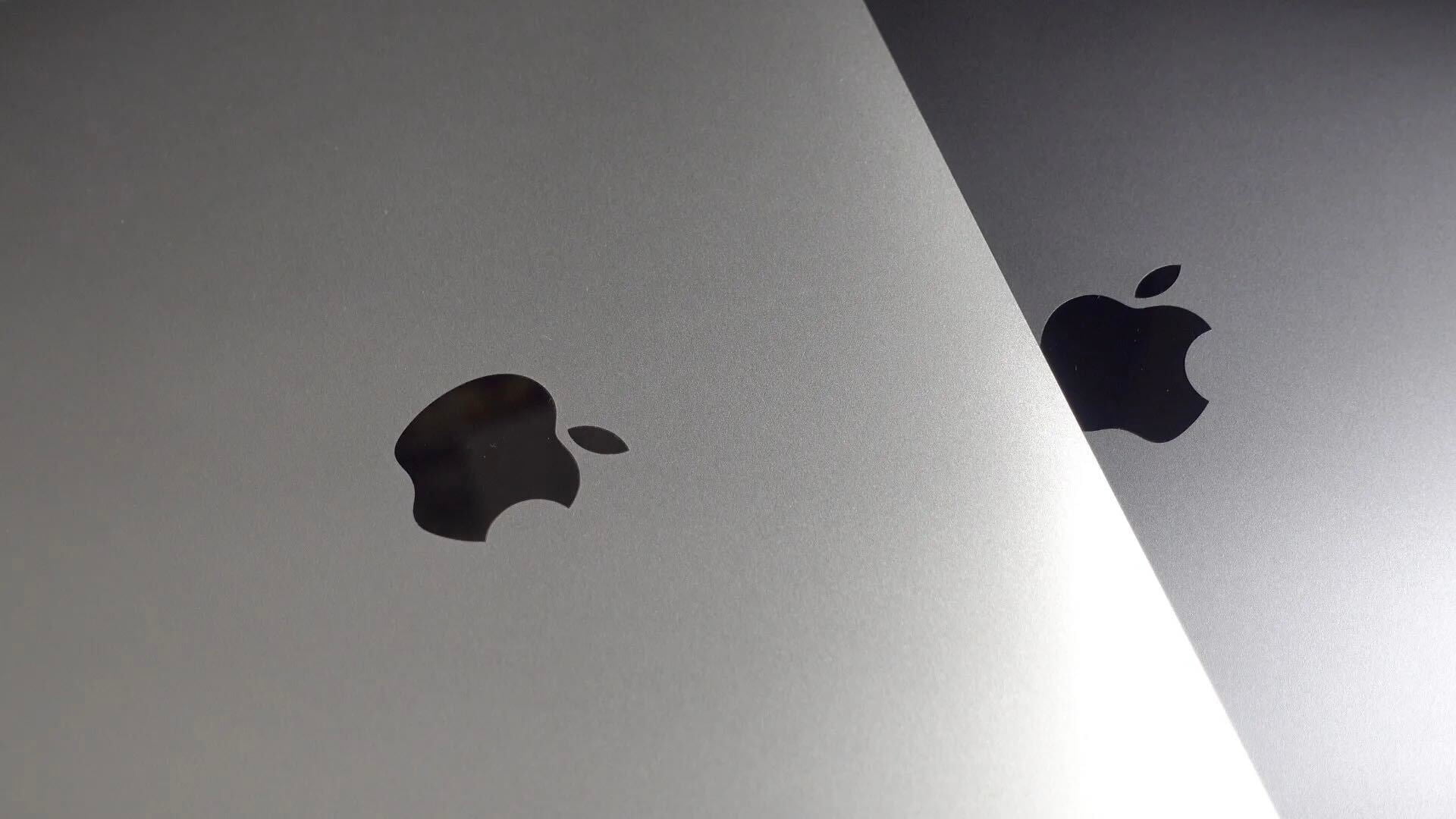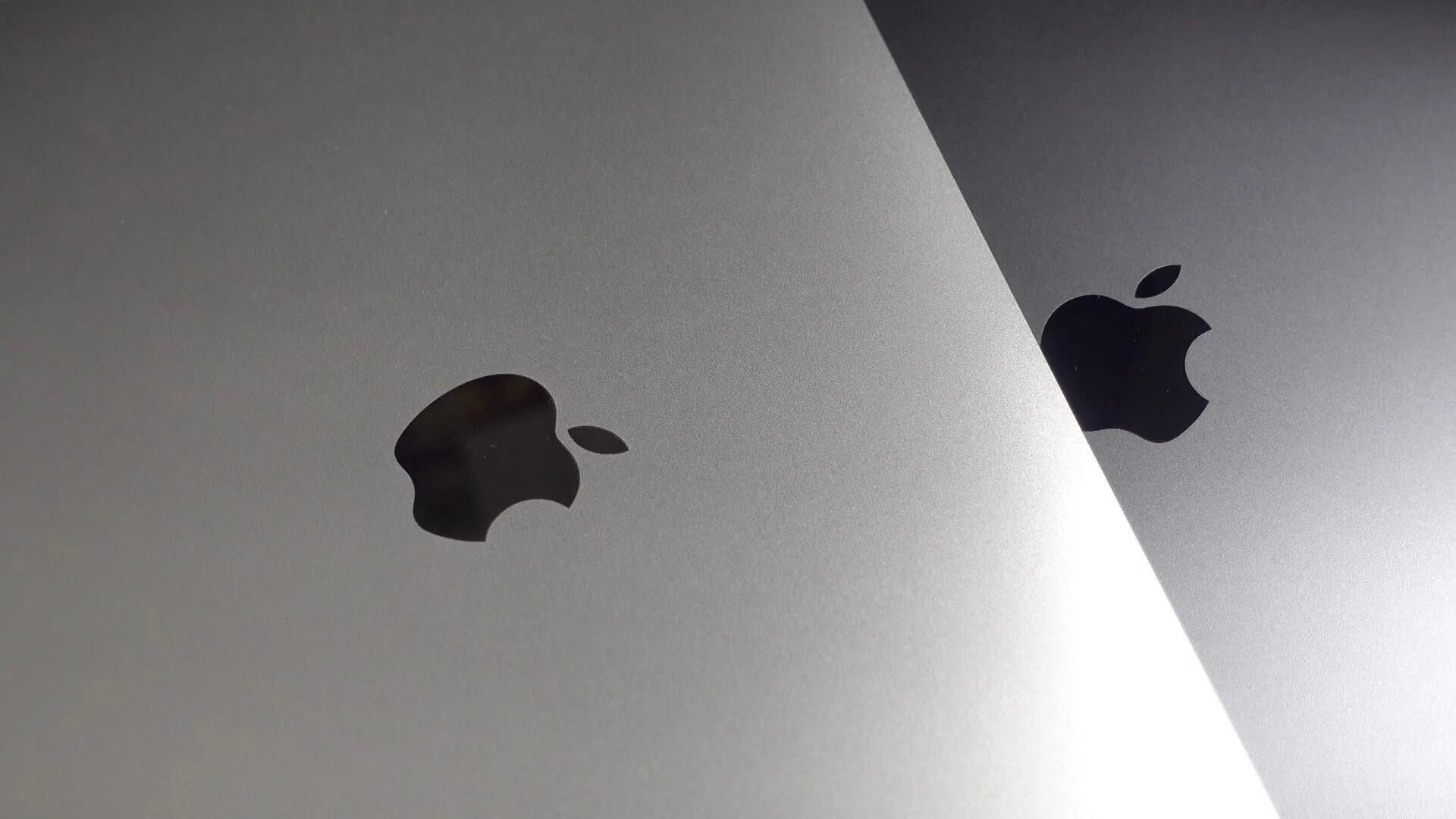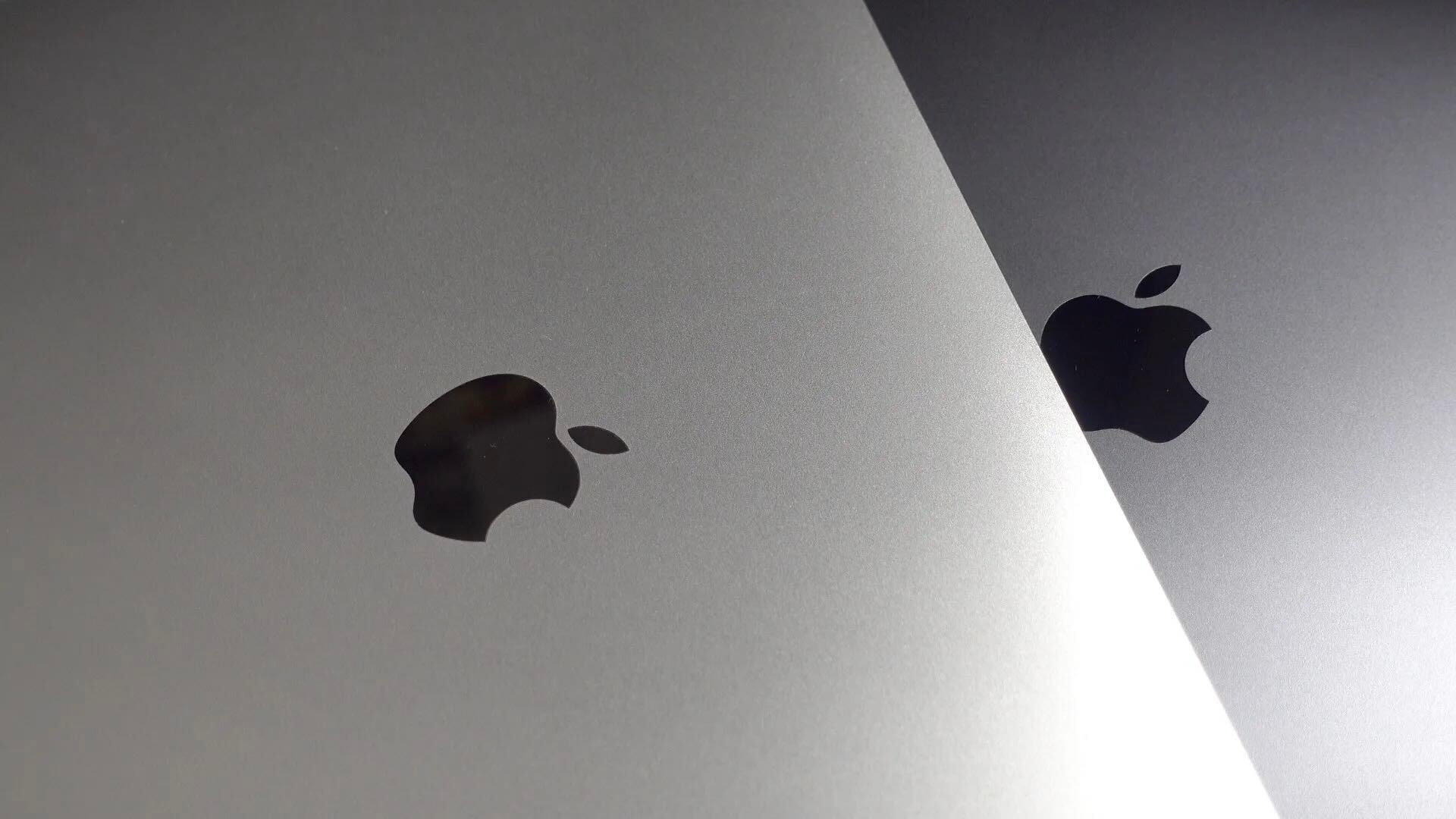

According to Chipworks, there are actually two different sized A9 processors floating around in the iPhone 6s and 6s plus released last week. That’s not really a surprise because Apple likes to have redundancy, especially when one of the manufacturers is Samsung. We’d heard that both Samsung and TSMC would be producing A9 processors destined for the iPhone 6s.
However, there appears to be a difference in size of the two A9s which might play a role in how the iPhone performs…
Samsung’s A9 with product number APL0898 at 96mm appears to be 10% smaller than TSMC’s AAPL1022, which is 104.5 mm. That could mean that Samsung’s is built on a smaller die size and is perhaps more energy efficient than the TSMC version.
Apple has run into issues with two separate OEMs before. Apple puts both Samsung and Toshiba SSDs in their MacBooks but Samsung’s often perform much better than Toshiba’s on read/write tests.
Additionally Samsung and LG display differences have caused Apple customers to show a preference for a particular OEM, again, usually Samsung. Lawsuits have even sprung up over the matter.
Chipworks continues to investigate how small the die is and if there are any performance differences between the two chips, so stay tuned.
FTC: We use income earning auto affiliate links. More.


Chips from Samsung use 14 nm process and chips from TSMC use 16 nm process, so it’s normal the Samsung version to be slightly smaller.
The issue is that the smaller 14 nm manufacturing process normally relates to power savings resulting in longer battery life and performance benefits. It may not be much but it’s still there. Your average Joe and Jane won’t care but it does matter to us geeks. And what if Apple sent those early reviewers the “better” chip but then ships a mix into the field without no real way to test for the difference? I call that a potential issue. It’s no different then using displays in the same product.
When I buy a product I want to know that the one that was tested is exactly the one I’m buying. I don’t care if it’s a phone, computer, car or dishwasher.
Can we tell which chip is in outside our specific phones?
*our
http://demo.hiraku.tw/CPUIdentifier/
download this profile to censor your chip!
There is always a trade off between area, power, and speed. The more power/area means faster processing power.
If they are both produced on the same die then Samsung or Apple could have possibly structured the parts of the chip differently to make it smaller. I’m not sure what evidence shows that they’re both in the 6S and 6S Plus, but to me a logical explaination would be: the larger chip on the 6S Plus board bc there is more room and then the smaller chip on the 6S since its smaller, but this does not seem to be the case.
The only explaination is that Samsung has a different die (just like suggested) or Apple/Samsung restructured the chip to be smaller after its original development which is possible.
would be anyone better than the other?
Yes, the smaller one should be better.
Should. As @atokosch pointed out, there might be a trade off. I guess we will just have to wait…
Smaller dies size is beneficial from the perspective that you can have more dies per wafer. Given sufficiently high yield, this means cost per die would be cheaper. If yields are the same, then you would pick the process that gives you smaller die all the time. Given that Apple still bought components that is slightly larger, this means TSMC’s yield might be better.
If you target identical design in two different process, dies size doesn’t really tell you anything from a performance / power perspective, Generally smaller dies size logically should give you better performance and power. But in this case, both process are essentially have similar characteristics. But differs from only in transistor features size, the difference is more likely a wash.
The main benefit of 16FF+/14nm FinFet process is power. Finfet gives significant reduces leakage power. This means when the phone is in standby, drains a fraction of the battery as planar process. This gives you overall a power saving of upto 30%. This is the reason why Apple can get away from giving you a smaller battery, but still maintain similar or better battery life than iPhone6/plus. From a leakage current perspective 14nm and 16nm are going to be a wash, the difference is too small to matter.
How can we check that prior to the purchase (either online or at some store)? Is there an easy way to tell which one is used?
Interesting…I remember when I bought my MBAir — I was happy to get the Samsung SSD, but I felt bad for people who got the low performing Toshiba SSD models…Apple really should have told people about that, because there was quite a difference. Same thing with the displays…This one, I dunno, would need to see some evidence the Samsung processor actually outperforms and is more power efficient than the TSMC SoC in real world scenarios.
Apple can’t tell people that bc if they do then people will want a choice of processor and that is too much logistics. Apple has to rely on more than one manufacturer and if die sizes are <=2 nm. So be it. If the bigger one is in the Plus that's more understandable since it's a bigger phone and you're paying $100 more.
Is this going to be yet another non-issue blown completely out of proportion? It’s not like one is on a 28nm process and the other is on a 14nm process. There shouldn’t be that much difference in power consumption between 16nm and 14nm. My guess is that neither TSMC nor Samsung had sufficient capacity alone, so Apple went with both of them.
“ChipGate” Anyone?
I agree 200% with kpom1 – it works / be happy!
I’ll cross my fingers and hope for the Samsung variant. :)
I would take the TSMC variant for the slight theoretically performance gain due to stronger drive of the larger transistors.
But I suspect no one can really tell if you benchmarked them side by side.
People who want to know which SoC you get can check this site :
http://demo.hiraku.tw/CPUIdentifier/
It will show your CPU information.
Mine has TSMC
A1688 – 128GB
Having different chips is like comparing Rose Gold vs Space Gray iPhone. There is no difference in performance.
Even the exact same chip in two different phones will perform slightly differently. No two benchmarks will be the same.
Wow.. terrible..
i did test my iphone 6s rose gold color 128gb.
and my A9 chip from TSMC.
i got a device from off line optus store. I’m too sad and angry as well.
Samsung 14nm is much better, because more smaller and problem battery.
Also we can’t chose AP: TSMC or SamSung ,
Capacity( flash memory): TLC or MLC,
Display: Sharp or LG IPS
Ram: Hynix 2GB or Sansung 2GB
finally best of best match the hardware is Samsung AP , MLC Flash Memory , LG IPS Display, Samsung 2GB RAM.
Which Apple store have the highest chance of getting iPhone 6s Plus with TSMC A9. I am from Virginia.